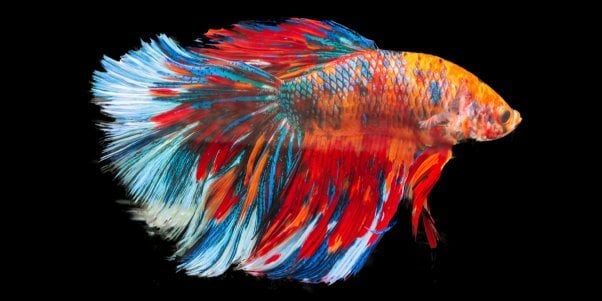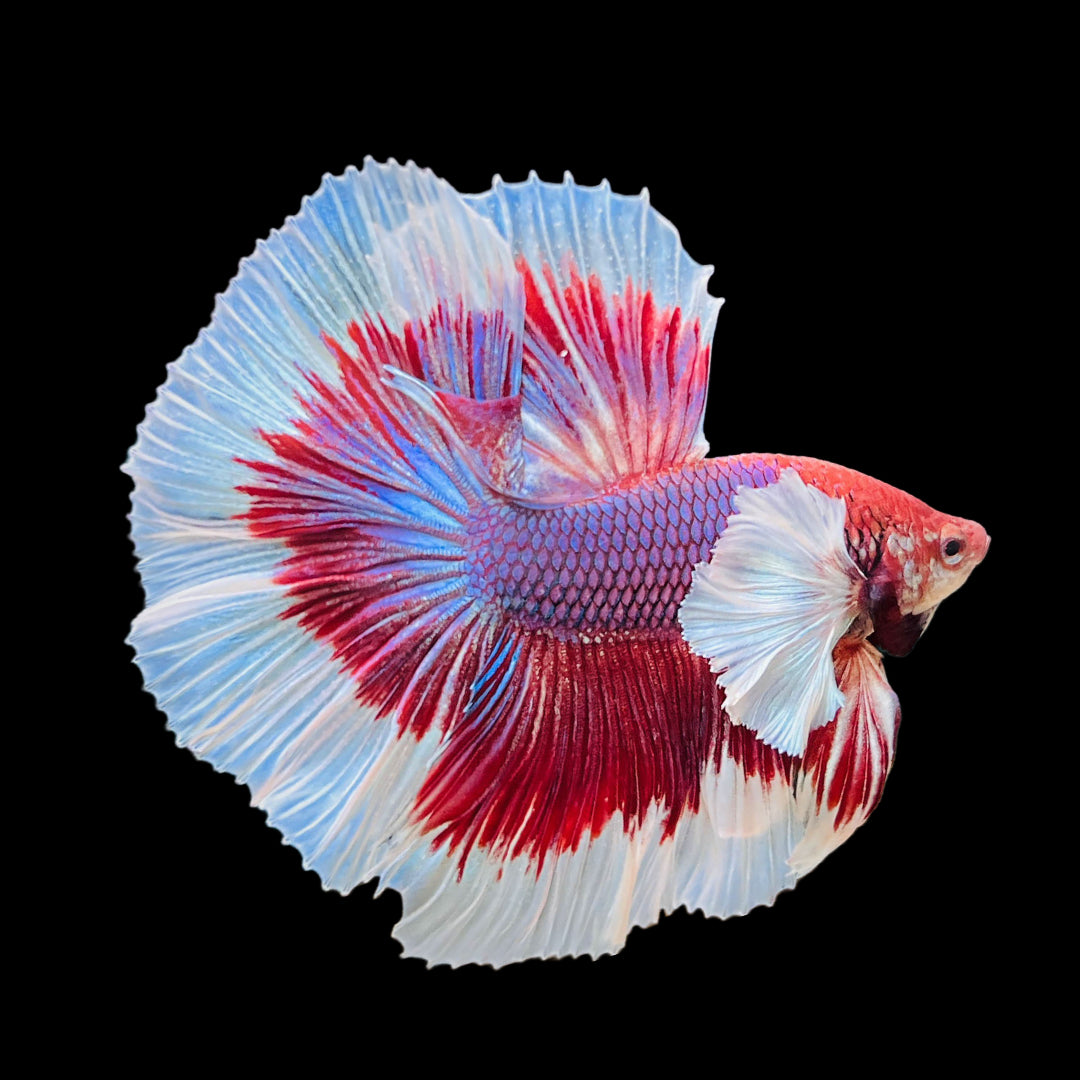Reproducing Betta Fish: a Comprehensive Step-By-Step Guide to Efficiently Raising Child Bettas From Eggs to Adulthood
Reproducing Betta fish is a meticulous venture that requires careful preparation and execution to ensure the successful advancement of fry from eggs to mature fish. Selecting genetically varied reproduction pairs with desirable characteristics is just the beginning; developing an ideal setting and understanding the ins and outs of the breeding process are just as essential. As the male Betta diligently constructs a bubble nest and guards the valuable eggs, the subsequent stages of treatment and transition need attention to information and understanding of best methods. Exactly how does one navigate the challenging yet gratifying course of supporting these vibrant creatures to adulthood?

Selecting Breeding Pairs
When beginning on the trip of breeding Betta fish, picking the best reproduction sets is vital to attaining preferable attributes and a healthy and balanced family tree - betta fish. The primary step in this process is to identify the certain characteristics you desire to improve or maintain, such as shade, fin type, and physique. It is vital to choose genetically diverse pairs to avoid inbreeding, which can bring about health and wellness issues and unfavorable features
Examine potential breeding candidates thoroughly. A healthy and balanced male Betta must exhibit dynamic shades, an active attitude, and well-formed fins, while the female must likewise display vibrant coloration and a rounded stubborn belly, showing readiness for spawning. Observing the temperament of both fish is vital, as hostile or extremely shy individuals may not reproduce successfully.
Keeping records of the parent fish's origins can help you track genetic characteristics and prospective concerns. Ultimately, spending time in the choice procedure will substantially boost the probability of creating solid, dynamic children that meet your reproduction objectives.

Preparing the Reproduction Container
Producing an optimum breeding environment is a crucial step after choosing appropriate pairs for Betta fish. The reproduction storage tank should be specifically designed to offer convenience and boost the all-natural breeding behaviors of the fish. Start with a container dimension of at the very least 10 gallons to make certain adequate area for both the man and female Bettas.
Maintain a mild purification system to maintain the water tidy while staying clear of strong currents that can stress the fish. Additionally, an air rock can be included in give oxygenation without interfering with the water surface area excessive.
Temperature level policy is important; objective for a stable variety of 78-82 ° F(25-28 ° C) utilizing a trustworthy heating system. The pH level should be maintained between 6.5 and 7.5, and routine water adjustments are essential to make sure high water high quality.
Integrate floating plants or generating mops to create concealing spots for the woman, while also urging bubble nest building by the man - betta fish. Guarantee the tank is cost-free from sharp decorations and any kind of prospective dangers, as the welfare of the fish need to always be prioritized during this crucial phase of breeding.
The Reproduction Refine
Usually, the breeding procedure for this content Betta fish entails a collection of distinct and evident actions that suggest readiness for reproduction. The male Betta begins by building a bubble nest at the water's surface, which acts as a website for the fertilized eggs. This nest is vital, as it offers a secure environment for the eggs up until they hatch out.
As soon as the nest is established, the male will certainly display courtship behaviors, such as flaring his fins and displaying dynamic shades to bring in the woman. The woman, upon sensing the man's preparedness, will certainly respond by presenting vertical stripes along her body, indicating her receptiveness.
When the female methods, the male takes part in a breeding dance, commonly bring about a welcome referred to as the "spawning." Throughout this accept, the lady launches her eggs, which the male fertilizes quickly. The fertilized eggs then are up to the bubble nest, where the male meticulously collects and returns them to the nest. Following this, the male presumes responsibility for guarding the nest and guaranteeing the safety of the eggs till they hatch out, generally within 24-36 hours. This phase is essential in the breeding procedure, laying the structure for effective fry development.
Caring for Betta Fry
Caring for Betta fry needs careful interest to their setting and nourishment to make certain healthy development and development. After hatching, Betta fry are exceptionally tiny and susceptible, necessitating a steady and tidy environment.
Feeding Betta fry is similarly crucial. Feed them small quantities numerous times a day, being cautious not to overfeed, which can lead to water high quality problems.
Transitioning to Grownup Bettas
As Betta fry mature, click this site transitioning them to grown-up Bettas is a critical stage that needs cautious administration of their atmosphere and social interactions. This process usually begins when the fry reach around six weeks old, at which point they can be gradually presented to a more structured living setting.
To promote this change, it is important to make certain that the water parameters-- such as temperature level, pH, and ammonia levels-- are optimal and steady. Adult Betta fish prosper in warm water (around 78-80 ° F) with a pH of 6.5 to 7.5. Gradually accustom the fry to these problems to minimize stress.
Social communications are another essential element; man Bettas are notoriously territorial and hostile. It is suggested to separate men right into individual storage tanks as they mature. Women Bettas can be housed with each other, however treatment should be taken to check for signs of hostility.
Furthermore, nutritional changes must be made as the fry grow. Include top notch pellets and live foods to sustain their growth and wellness. By handling these factors effectively, you can advertise an effective change to their adult years for your Betta fish.

Conclusion
Effective breeding of Betta fish requires cautious focus to detail throughout the whole procedure, from picking genetically diverse sets to offering optimum treatment for fry. By guaranteeing suitable breeding conditions and maintaining water quality, the likelihood of healthy and balanced children raises considerably. Furthermore, a balanced diet plan and gradual adjustment to adult settings are critical for the growth and development of Betta fish. Following these actions diligently promotes a thriving population of Betta see fish, enhancing both their wellness and vigor.